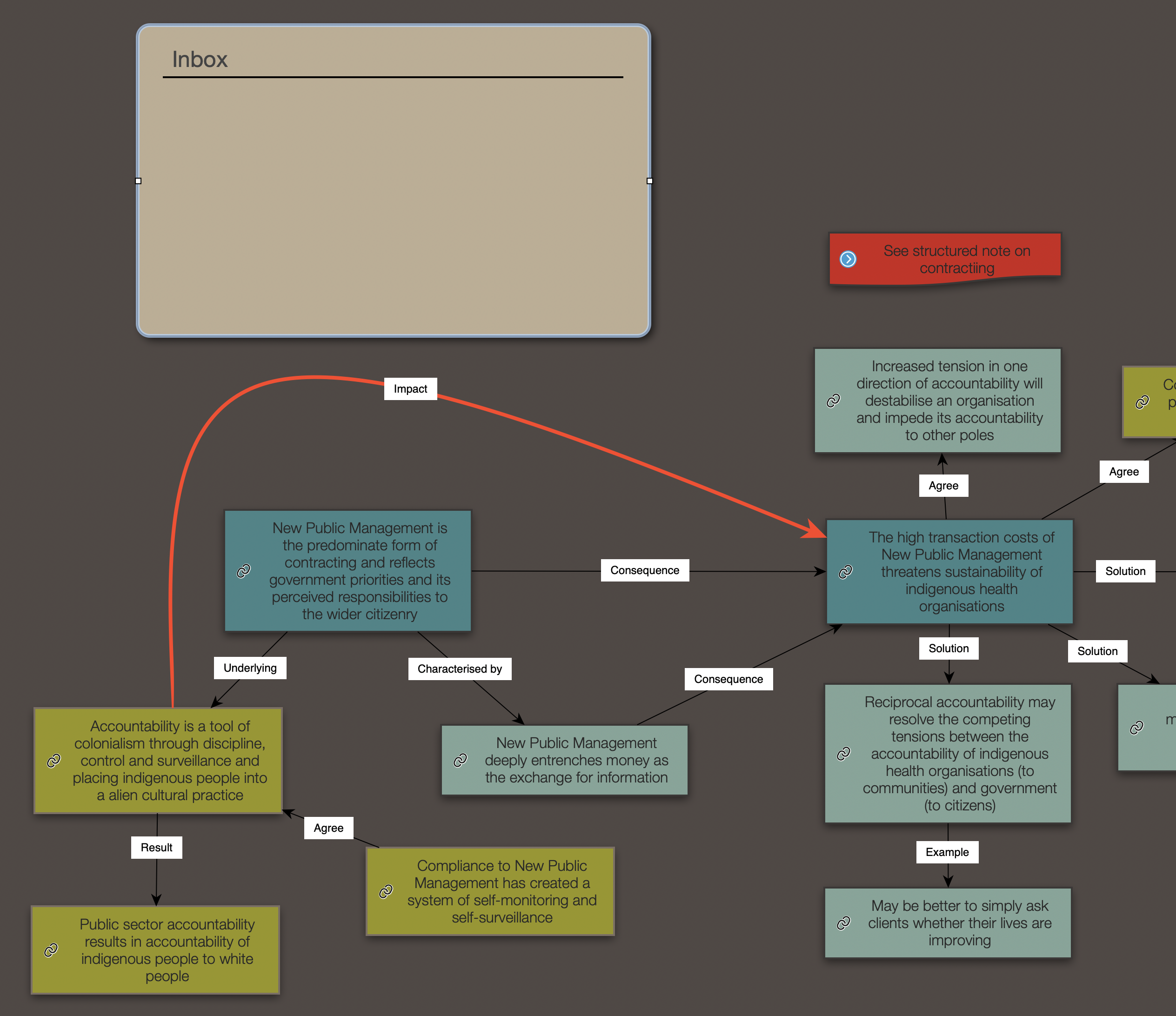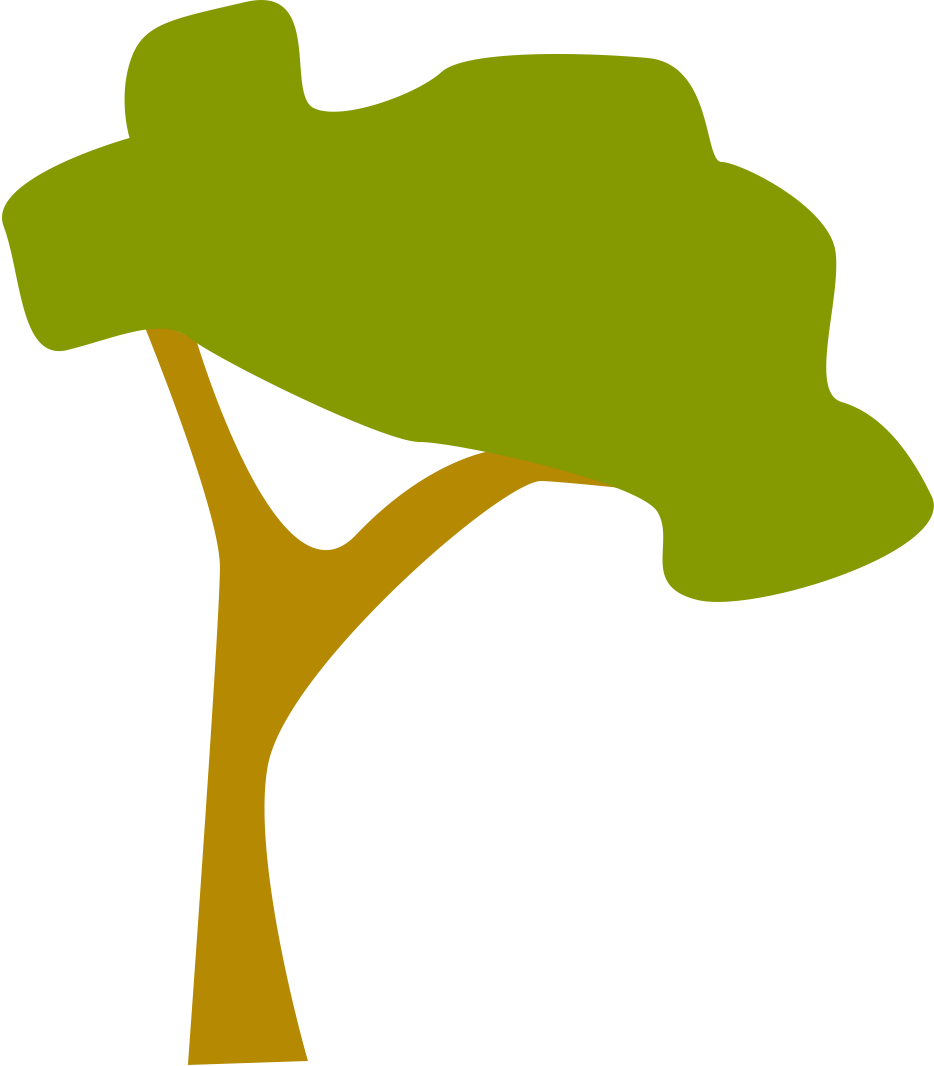Organising literature in Curio
I have previously written about how I use DEVONthink Pro as the repository for all of my annotations and reading briefs. And despite the amazing ability of DEVONthink Pro to find similar text and documents there is a missing element, at least for me. That missing element is the ability to link similar records in a graphical fashion that suits the way in which I think visually. Where this is important is being able to ‘see’ the connections between records in a way that a pure text based wiki is not able to do. In the below figure I have provided an example of the ‘idea graphs’ that I create in Curio for a particular topic, at little bit like a Zettelkasten. The ‘inbox’ is an album (using Curio terminology) which formats and stores items of text that I copy and dump from DEVONthink. These text figures are then dragged out onto the main canvas when I want to create connections. I then link related items to each other with arrows and apply a label to the arrow to indicate the relationship as well as apply colours or group in pinboards to organise the items.

Each text figure is tagged, with its Pandoc formatted citation. Wiki links, that I created in DEVONthink, are active meaning that when I click on the wiki link (indicated by text enclosed in double square brackets in the figure below) I will jump to the linked record in DEVONthink.

I also create a number of other links in Curio, including reference links that will jump me to the associated reading brief or annotation summary in DEVONthink.

Other links can also be created in Curio, such as the below jump action that takes me to a structured reading note in DEVONthink.

Or a jump action to take me to an associated idea space in Curio.

This ability to create connections and organise text in a graphical way has enabled me to plan and structure my writing in a more in-depth manner.
